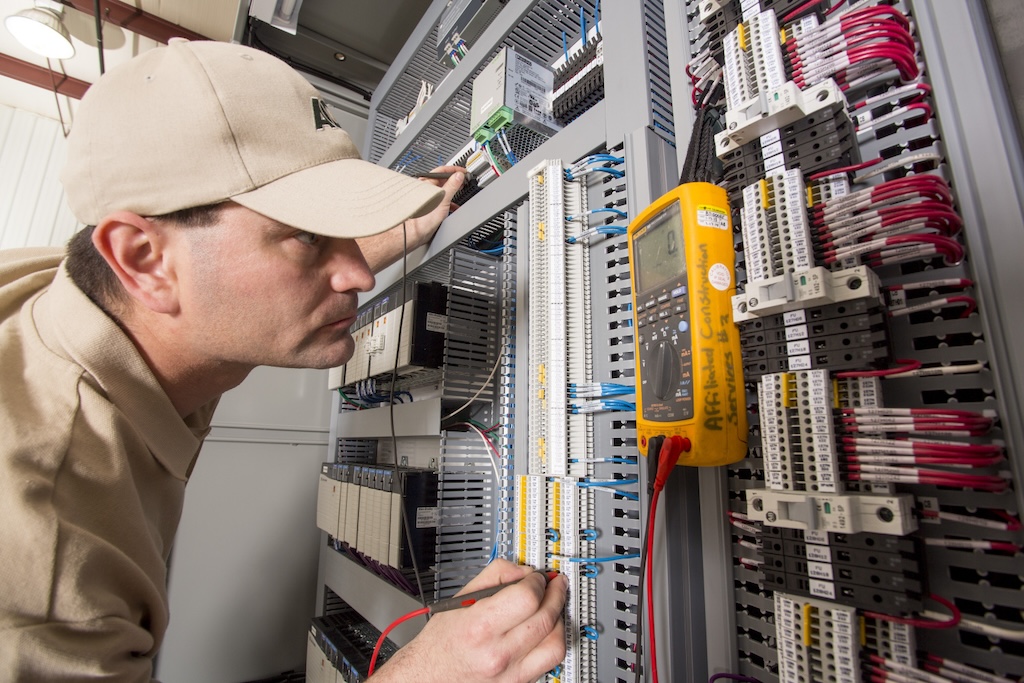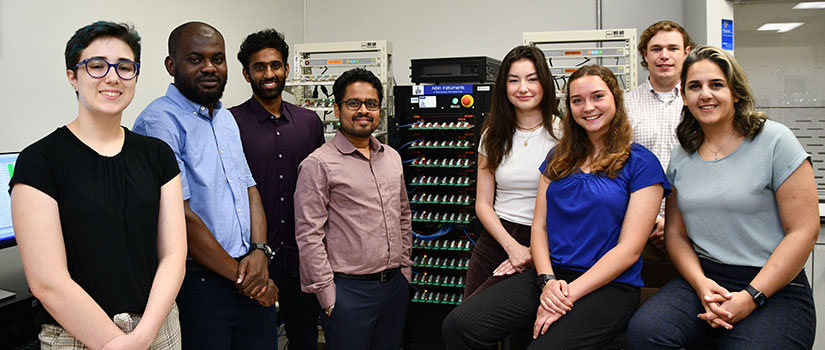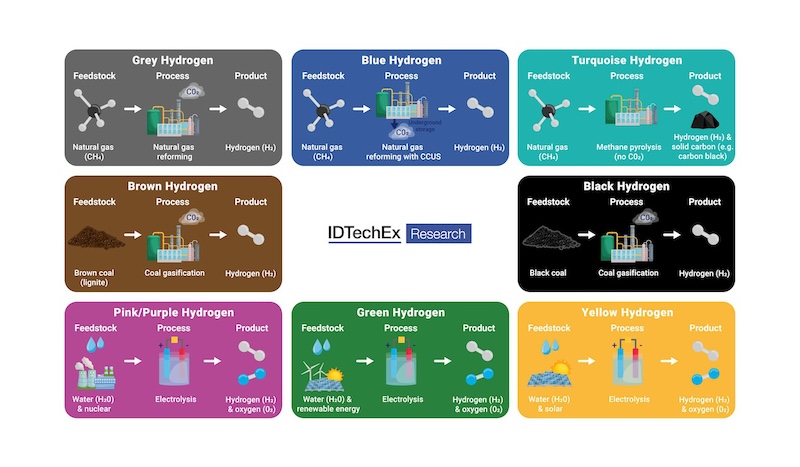Following the 2003 Columbia space shuttle disaster, NASA was looking for a way to measure post-liftoff damage to the shuttle's heat shields while in space. That started NASA on a project to use infrared thermography on future space missions. The NASA Langley Research Center, Hampton, VA considered thermal imaging as a solution to inspect and report damages to the heat shield.
Following the 2003 Columbia space shuttle disaster, NASA was looking for a way to measure post-liftoff damage to the shuttle’s heat shields while in space. That started NASA on a project to use infrared thermography on future space missions.
The NASA Langley Research Center, Hampton, VA considered thermal imaging as a solution to inspect and report damages to the heat shield. After a thorough evaluation, NASA engineers chose Flir’s ThermaCAM, a camera developed and produced at Flir Systems in Danderyd, Sweden.
In January 2005, a joint cooperation project between NASA and Flir was set up to adapt infrared thermography for on-orbit space shuttle maintenance. NASA used a modified Flir infrared camera for inspection of the Discovery shuttle.
Flir Systems delivered 11 modified cameras to NASA. The Space Shuttle Discovery launched on July 4, 2006 with seven astronauts aboard. The mission delivered supplies, equipment and German astronaut Thomas Reiter to the International Space Station.
Three spacewalks were scheduled for the mission. The third was intended to test orbiter heat shield repair techniques. The cargo bay of the Discovery contained a sample box with an array of 10 pre-damaged Reinforced Carbon-Carbon (RCC) samples. These samples were used to test new adhesive repair techniques, but they were also imaged by the IR camera.
On July 12, 2006, infrared thermography was used for the first time in space. “Amazing,” said astronaut Mike Fossum, while scanning parts of the International Space Station and the shuttle with his infrared camera during a space walk 350 km above earth.
The astronauts also used the camera, which was attached to their spacewalk tool belt, to scan the shuttle wing’s leading edge and the radiators of the ISS. Astronauts Fossum and Piers Sellers held the detached LCD display in their hands to scan the objects in infrared.
“Works like a champ,” Sellers told the Houston Control Center. Sellers and Fossum trained with the camera system for more than a year. The flight and the extreme environment during the space walk indeed did not hinder the camera’s performance. The images and videos were saved to a flash card and then transferred to a space-qualified laptop computer.
Several development teams were formed. The NASA Langley Research Center led the project’s design and development. NASA Langley, together with Flir Systems Sweden, took care of the electro-optic sensing and software area. The Goddard Space Flight Center in Maryland developed the mechanical interfaces needed during a space walk, while the Johnson Space Center in Houston conducted astronaut evaluations and training.
“This success provided the shuttle program with the tools to further inspect for damage,” said Michael Gazarik, IR camera principal investigator and head of the development teams.



